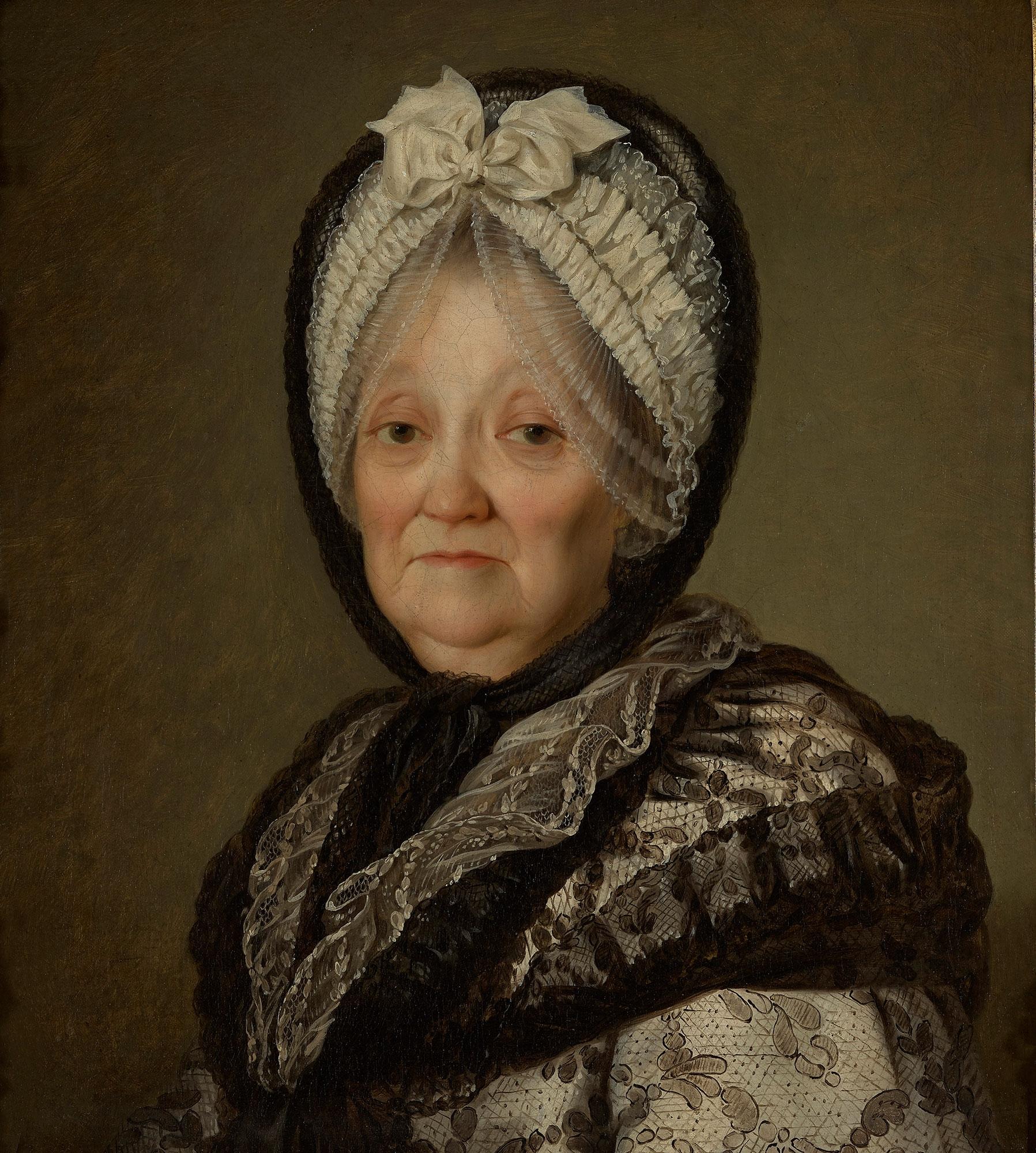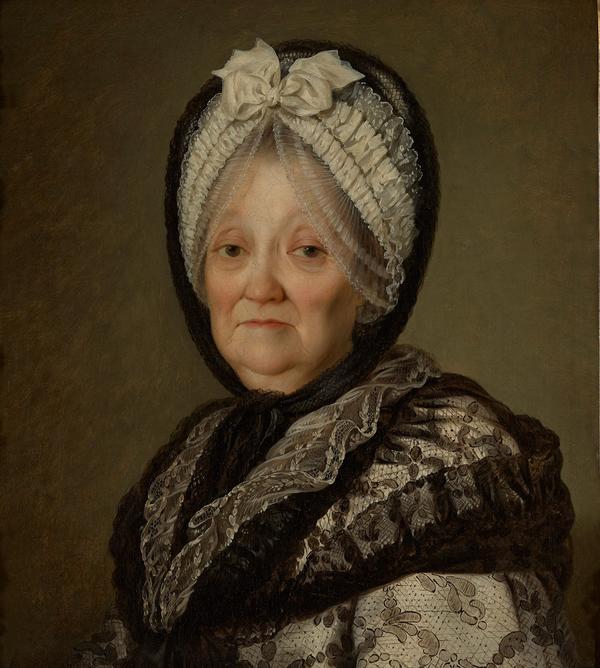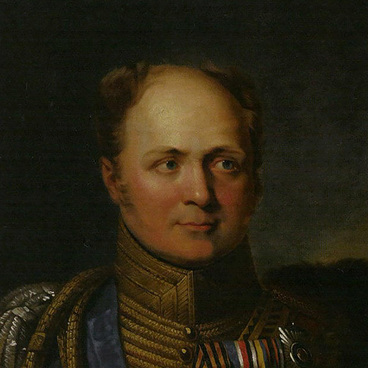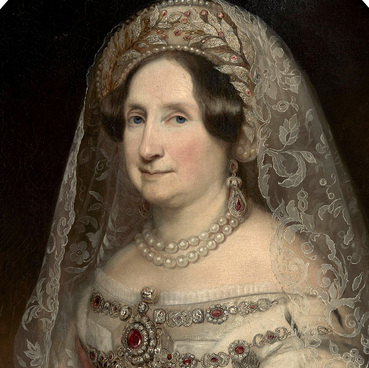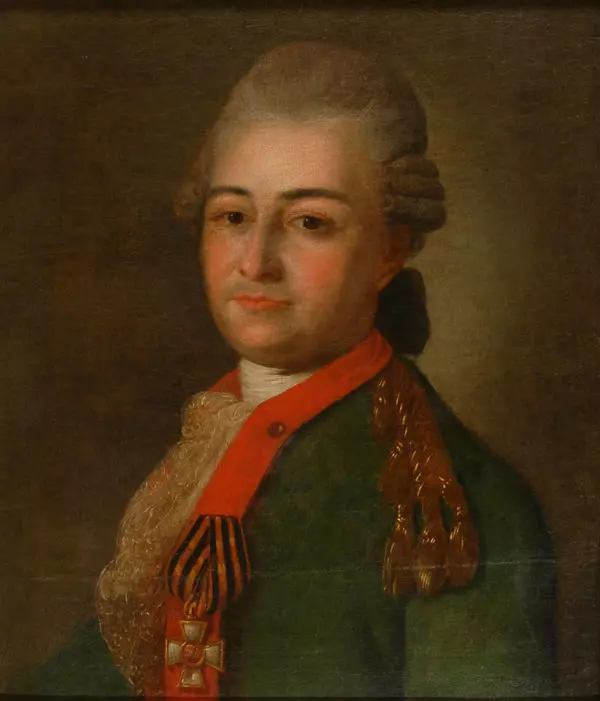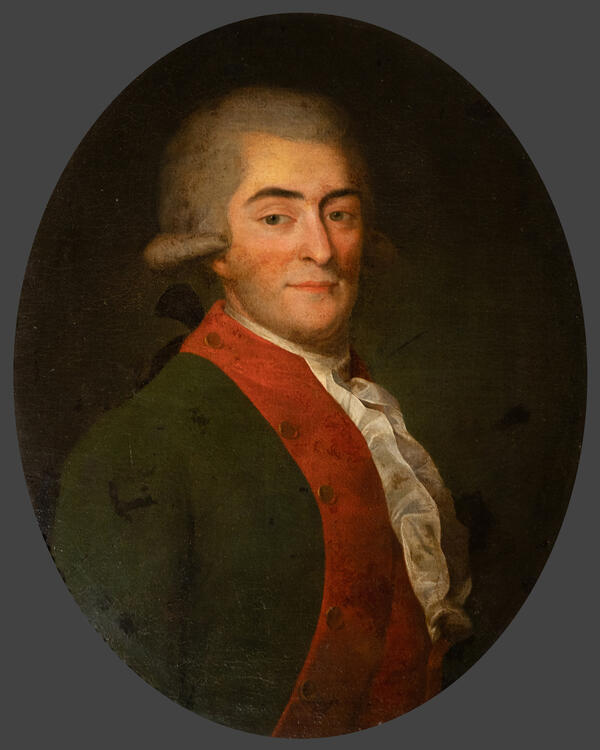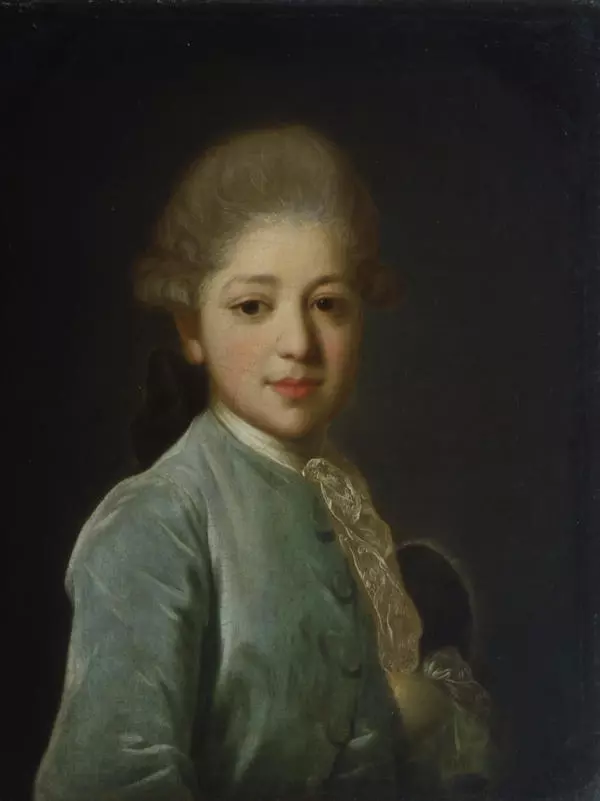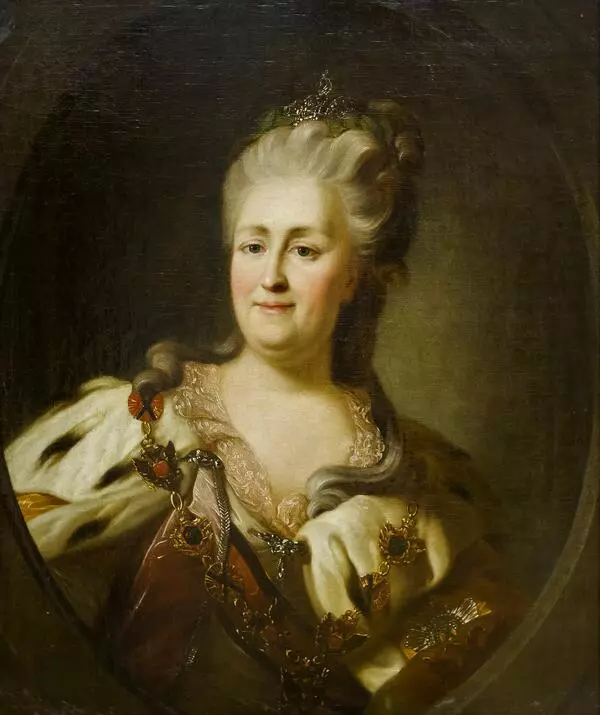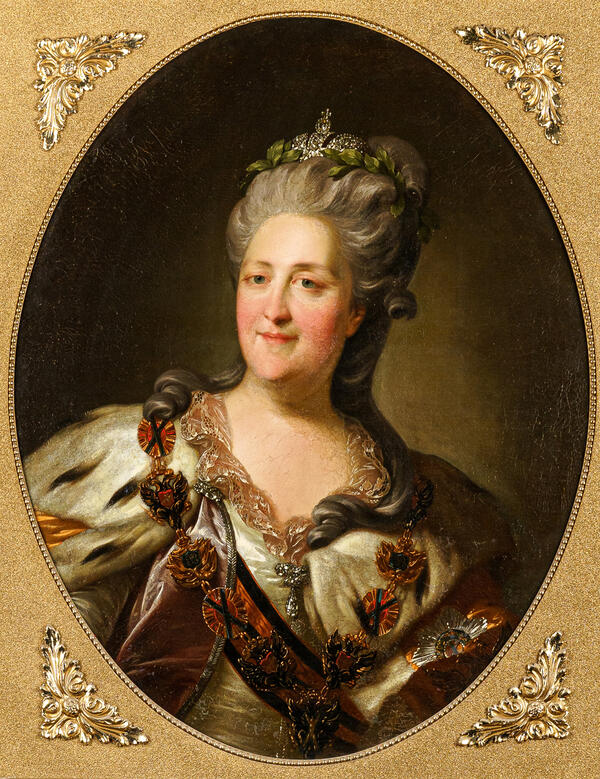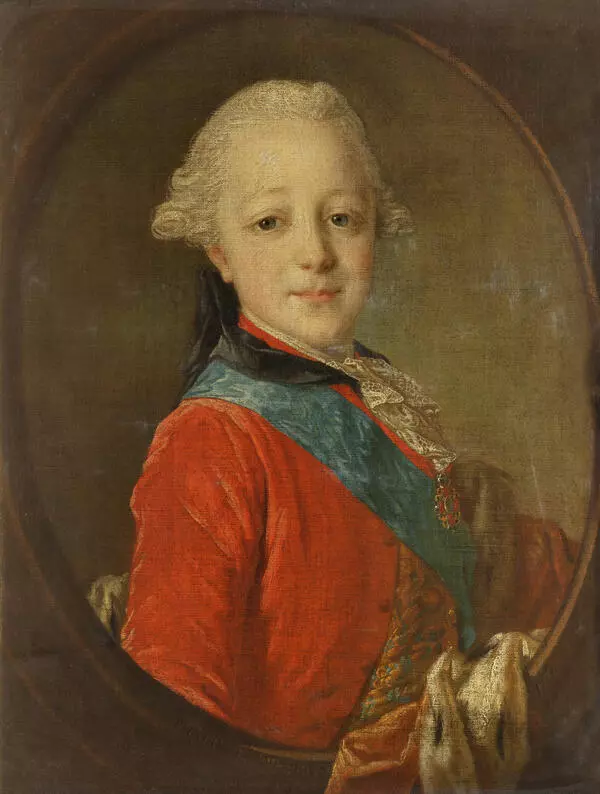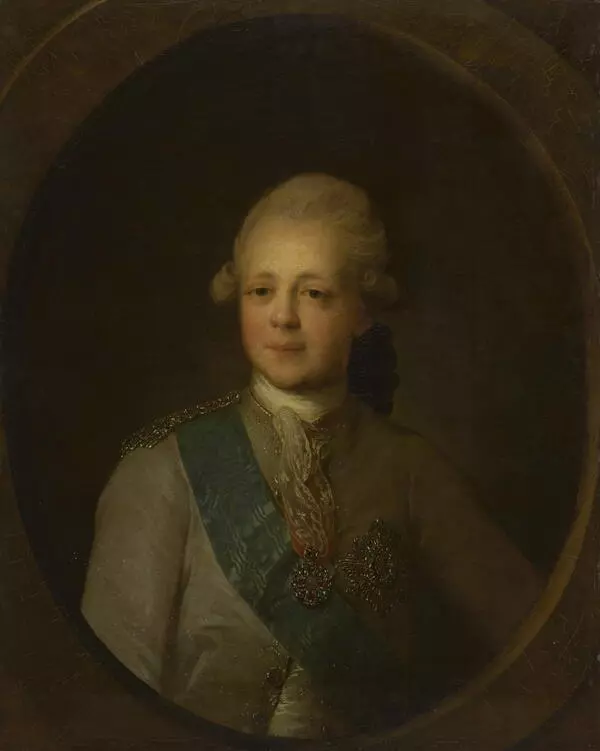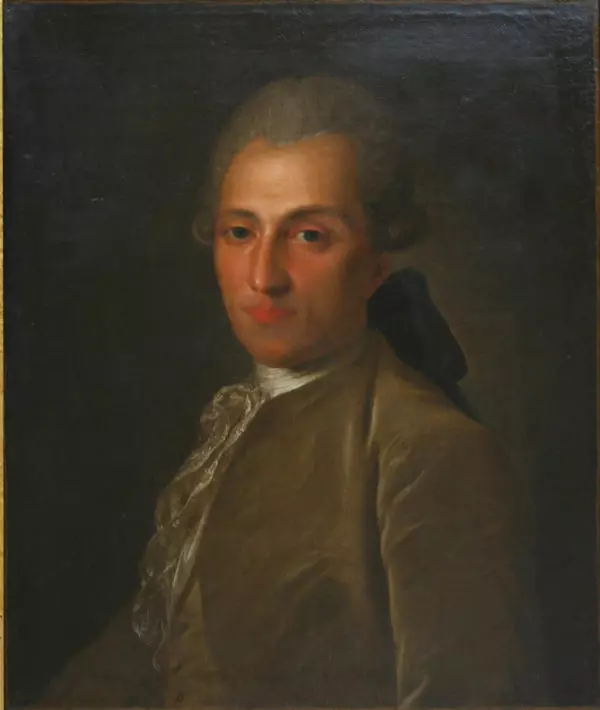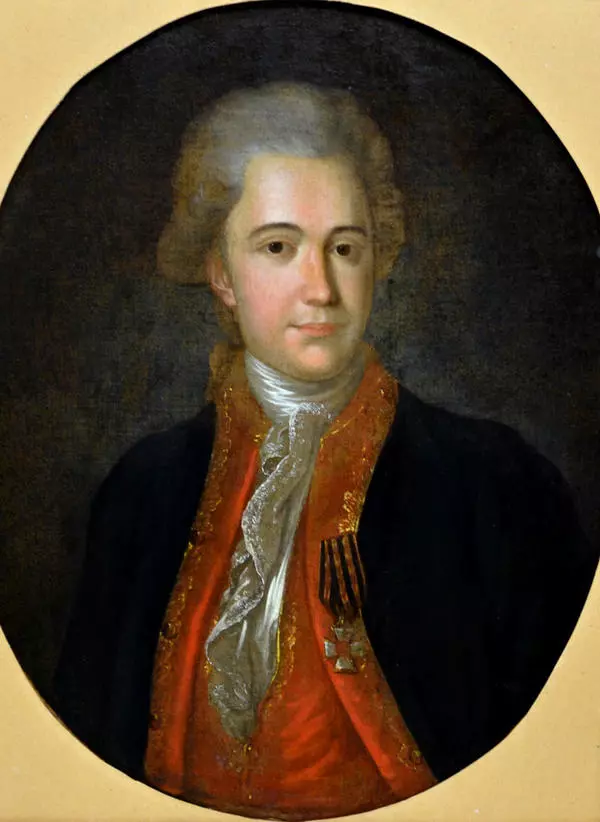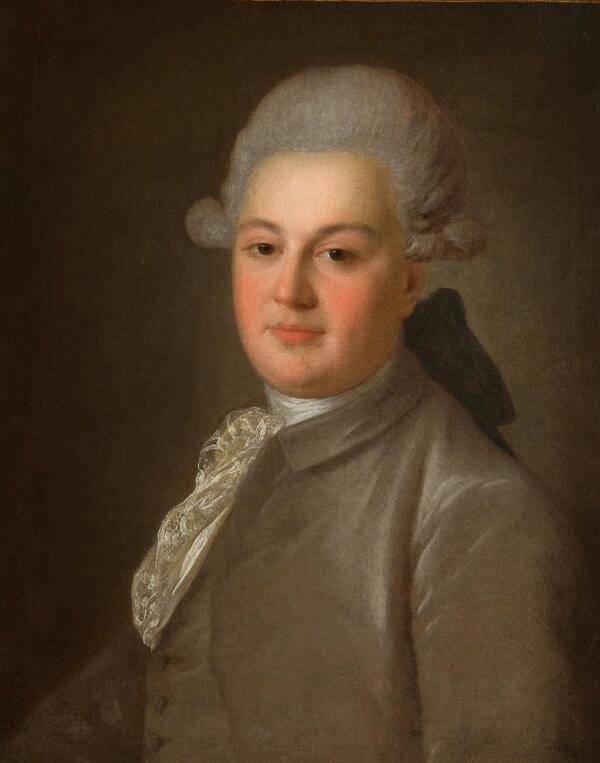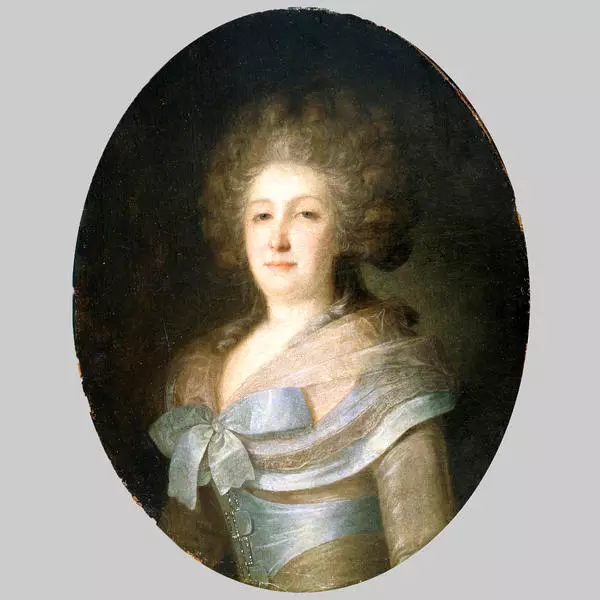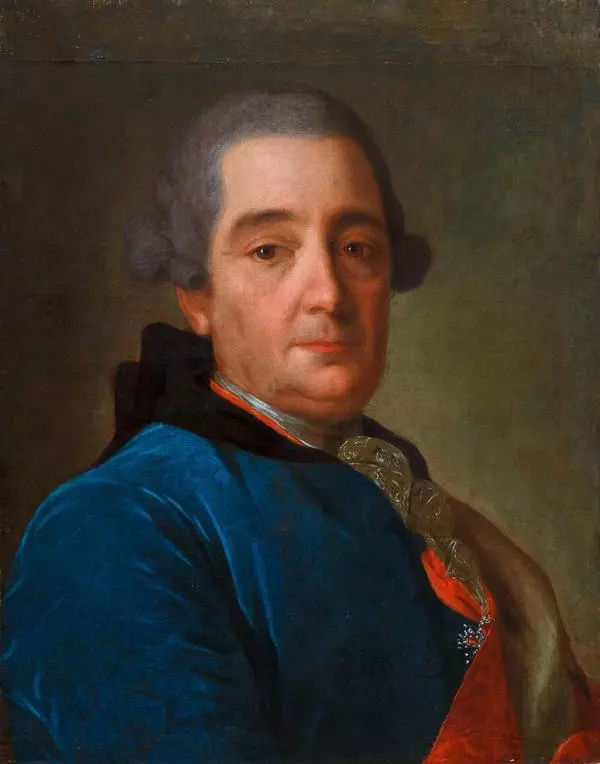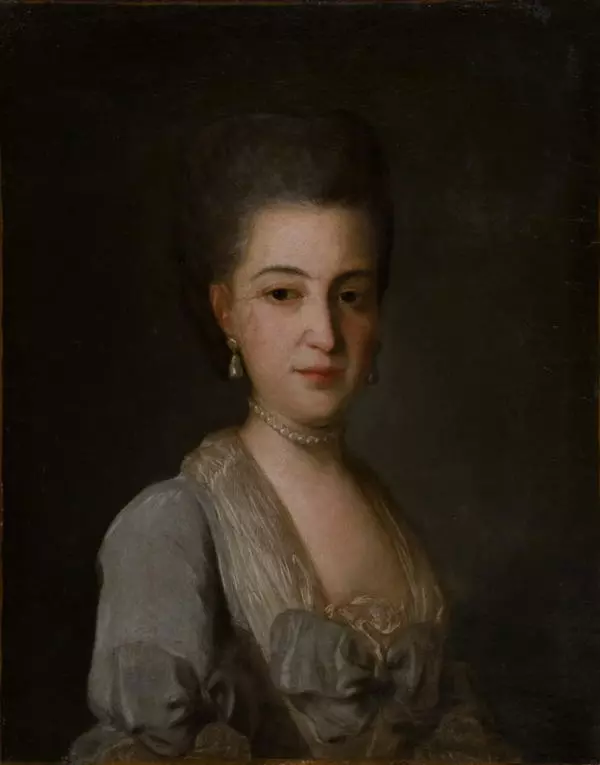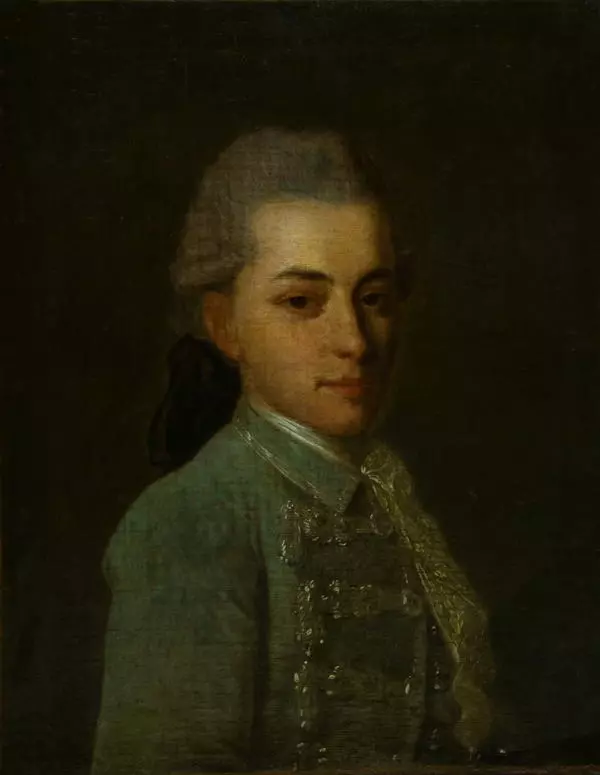Fyodor Stepanovich Rokotov (1735-1808) was the Russian artist, the largest Moscow portrait painter, who worked during the Russian Enlightenment.
He painted mainly ceremonial portraits of the Moscow nobility and Catherine II herself. F.S. Rokotov was a peasant serf; he was born in the thirties of the 18th century in the estate of Princes Repnins, Vorontsovo, near Moscow (now within Moscow borders). In his youth, he got free, learned to be an artist, and soon became one of the favorite masters of the Russian nobility. In 1765, F.S. Rokotov was awarded the title of Academician ‘for his experience in painting portraiture’ and a copy from Venus and Cupid by Luke Giordano. Teaching at the Imperial Academy of Arts was not profitable, so at the end of 1766 the artist left St. Petersburg and returned to Moscow. Orders were poured on the painter from Moscow’s noble families, not spoiled by the attention of skilled artists. F. S. Rokotov took inexpensively for his works — many times less than what foreign visitors demanded. The artist paid main attention to the similarity of the face and the faithful transfer of character, and not to dress and accessories.
The number of portraits attributed to F. S. Rokotov is striking, considering the fact that he did not work very quickly. Probably many of his works were performed with students. Among the creative heritage of F. S. Rokotov, the well-known coronation portrait of Empress Catherine II, who the empress loved very much, occupies a famous place.
Among the high examples of the portrait genre of the 18th century stands out the “Portrait of Alexandra Kurakina”, created in 1783, presumably by Fyodor Stepanovich Rokotov. The princess’s face is shown in a three-quarter turn, against a background and with artificial lighting, black color prevails in her home outfit. Shortly before creating the portrait, Alexandra Ivanovna Kurakina (1711 — 1786) became a widow, having lost her beloved spouse, with whom she lived for many years. Through the transmission of the expression of the widow’s eyes, the artist showed a state of sadness that the elderly aristocrat is trying to hide from others.
He painted mainly ceremonial portraits of the Moscow nobility and Catherine II herself. F.S. Rokotov was a peasant serf; he was born in the thirties of the 18th century in the estate of Princes Repnins, Vorontsovo, near Moscow (now within Moscow borders). In his youth, he got free, learned to be an artist, and soon became one of the favorite masters of the Russian nobility. In 1765, F.S. Rokotov was awarded the title of Academician ‘for his experience in painting portraiture’ and a copy from Venus and Cupid by Luke Giordano. Teaching at the Imperial Academy of Arts was not profitable, so at the end of 1766 the artist left St. Petersburg and returned to Moscow. Orders were poured on the painter from Moscow’s noble families, not spoiled by the attention of skilled artists. F. S. Rokotov took inexpensively for his works — many times less than what foreign visitors demanded. The artist paid main attention to the similarity of the face and the faithful transfer of character, and not to dress and accessories.
The number of portraits attributed to F. S. Rokotov is striking, considering the fact that he did not work very quickly. Probably many of his works were performed with students. Among the creative heritage of F. S. Rokotov, the well-known coronation portrait of Empress Catherine II, who the empress loved very much, occupies a famous place.
Among the high examples of the portrait genre of the 18th century stands out the “Portrait of Alexandra Kurakina”, created in 1783, presumably by Fyodor Stepanovich Rokotov. The princess’s face is shown in a three-quarter turn, against a background and with artificial lighting, black color prevails in her home outfit. Shortly before creating the portrait, Alexandra Ivanovna Kurakina (1711 — 1786) became a widow, having lost her beloved spouse, with whom she lived for many years. Through the transmission of the expression of the widow’s eyes, the artist showed a state of sadness that the elderly aristocrat is trying to hide from others.
